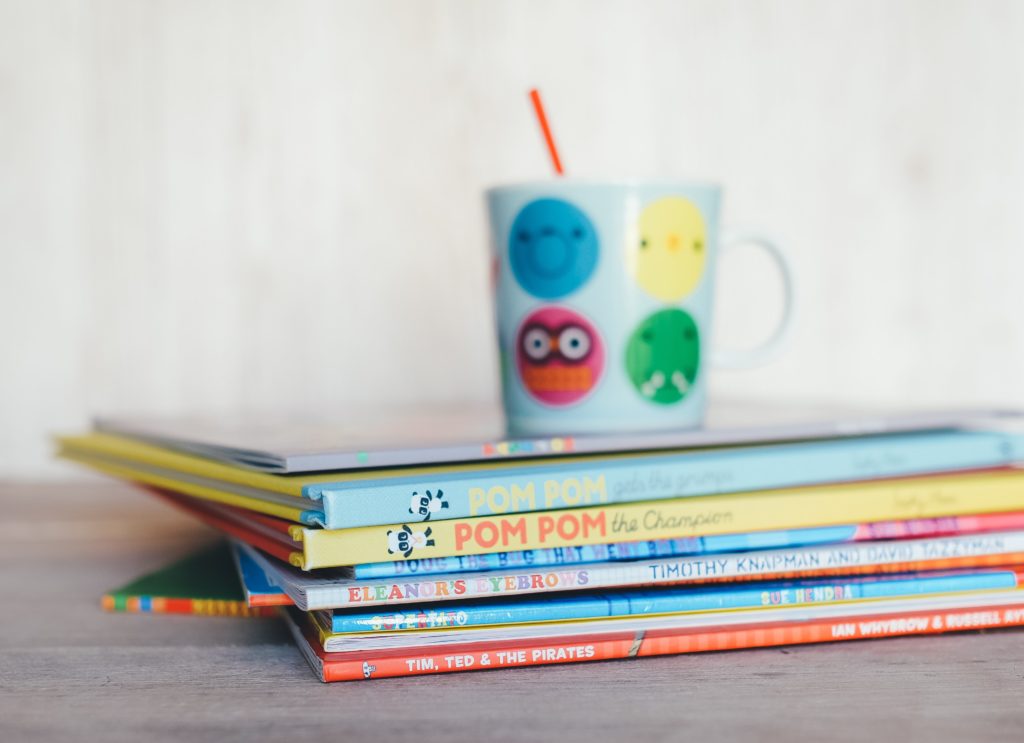
- The easiest way to make reading a part of your daily schedule. Model it for them and remember it might look quite different for students at different levels. Remember that each child is unique so I would encourage on building stamina instead of trying to stick to the grade level guidelines we are setting here. Starting with a student aged 4-5, set a timer and have them get used to looking at books for a couple of minutes at a time. Once a student is school aged, or is an emergent reader (in grades K-1), slowly up the time to 5-15 minutes. A good rule of thumb will be about 15-25 minutes for second graders, 20-30 minutes for third graders, and 30-40 minutes for fourth graders. The idea isn’t to torture them or they won’t look forward to this time, so if your child enjoys reading for shorter bursts of time by all means accommodate them. These guidelines may be quite different for some neurodiverse children.
- Set aside a place in your home for them to do their independent reading. It could be a beanbag chair in a playroom, a corner of your living room, your kitchen table, or if you have the space a dedicated part of your home such as a reading nook etc. All they really need is a small bin or basket to hold the books and possibly a comfy pillow or blanket to help them get lost in a good book.
- Encourage them to find books that interest them. You can go to the library as a family or use a service such as kindle unlimited to read books online. You could also sign up for a service such as reading a-z, which has leveled books at many levels they can choose from. Once children find a topic or a series they love, they branch out and find books that keep them interested in reading. We don’t want this to be a chore or to hear a huge groan when it is reading time.
- Use music or scent to help train their brains that it is time to read and focus. For instance, you could put uplifting essential oils in a diffuser such as sweet orange, grapefruit, or peppermint. An essential oil roller would work just as well and is even easier to personalize. Reading music is another great way to send that message to their brains. I have found that music without lyrics is usually best so they don’t find themselves distracted by a sing along. It could be classical music, meditation music, or simply sounds of nature. You could also play some dance music prior to reading time to help them get those wiggles out before it is time to read. If you find a track that works well for your household, this music could also be played during other types of independent worktime or when they are working on their homework.
- Allow them to do something fun related to their independent reading books when they are finished with their reading time. If your child is an artist, let them create something like a picture or sculpt something out of clay. If they are a natural performer, let them act out their favorite scene from the book for the family. Perhaps you have an author on your hands and they might be interested in writing alternate endings or extending the story. The sky’s the limit and I would recommend starting with a simple question, what would be a fun way to make this book come to life for you? Prepare to be amazed by their creativity. And this might even just cut back on the dreaded proclamation of boredom on a rainy day.